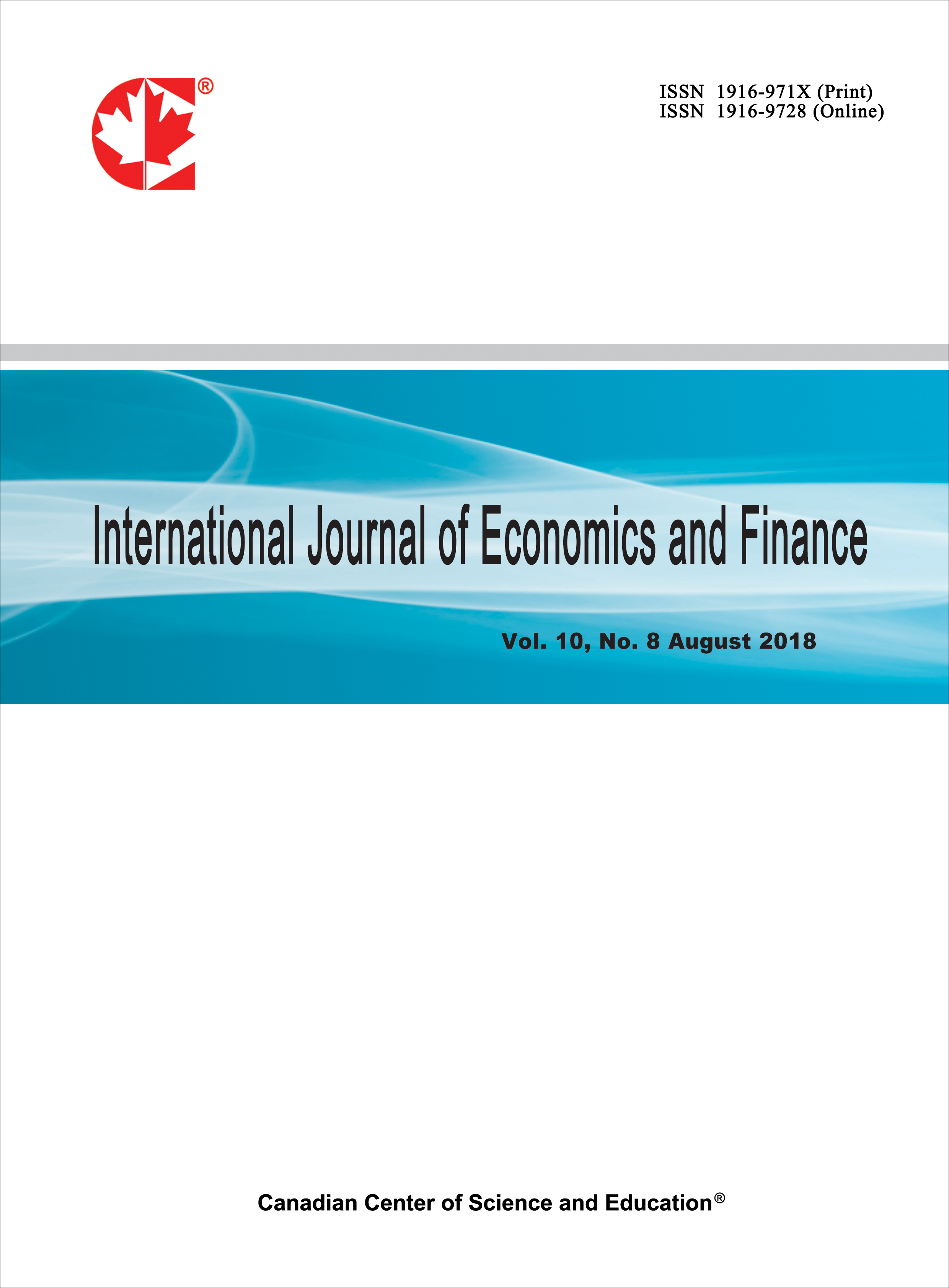Risk Management in Lebanese Banks – Relationship with Financial Performance
- Ghada Y. Shami
- Hasan H. Kanso
- Hasan Y. El-Mousawi
Abstract
The banking sector has always had a spontaneous comprehensiveness of risk, mainly risks that arise from the increased diversity and complications of banking business and from the countless new drivers of development that encouraged the outlines of risk management in banks beyond what probably have been available in the more traditional forms of banking activity of taking deposits and loaning in comparatively steady environments. There exists a lot of pressure for procedures towards risk management at Lebanese banks, which had paced forward in this field between 2013 and 2017. This research paper studies the effect of new variations in risk management Basle III Accords on banks’ performance. Since this change came in an attempt to strengthen global capital, they have introduced the safety credit margins and financial leverage rates and introduced indicators for liquidity risk management in order to provide banks with better performance during pressure and crises periods. Two hypotheses were tested on a sample of banks taking variables into account, such as profitability and growth ratios with credit quality and liquidity ratios. The researchers used two regression models to test the hypotheses, and the study results had supported the hypotheses. Findings of the first empirical study exhibited a negative relationship between performance as relative to profitability (ROA, ROE) and the management of credit risk as relative to non-performing loans and loss of reserves. The results show a positive relationship between capital adequacy and credit risk, since better managing of defaulted loans increased capital adequacy. However, the results of the second empirical study presented a positive association between performance as relative to Equity growth & Assets growth with the liquidity risk management as relative to Liquidity ratios, loans to deposits, yet not as strong as the first test since the variables used explain a minor portion of the disparity of the performance measures.
- Full Text:
 PDF
PDF
- DOI:10.5539/ijef.v17n8p147
Journal Metrics
Index
- Academic Journals Database
- ACNP
- ANVUR (Italian National Agency for the Evaluation of Universities and Research Institutes)
- Berkeley Library
- CNKI Scholar
- COPAC
- Copyright Clearance Center
- Directory of Research Journals Indexing
- DTU Library
- EBSCOhost
- EconBiz
- EconPapers
- Elektronische Zeitschriftenbibliothek (EZB)
- EuroPub Database
- Genamics JournalSeek
- GETIT@YALE (Yale University Library)
- Harvard Library
- Harvard Library E-Journals
- IBZ Online
- IDEAS
- JournalTOCs
- LOCKSS
- MIAR
- NewJour
- Norwegian Centre for Research Data (NSD)
- Open J-Gate
- PKP Open Archives Harvester
- Publons
- RePEc
- ROAD
- Scilit
- SHERPA/RoMEO
- SocioRePEc
- Standard Periodical Directory
- Technische Informationsbibliothek (TIB)
- The Keepers Registry
- UCR Library
- Ulrich's
- Universe Digital Library
- UoS Library
- ZBW-German National Library of Economics
- Zeitschriften Daten Bank (ZDB)
Contact
- Michael ZhangEditorial Assistant
- ijef@ccsenet.org
